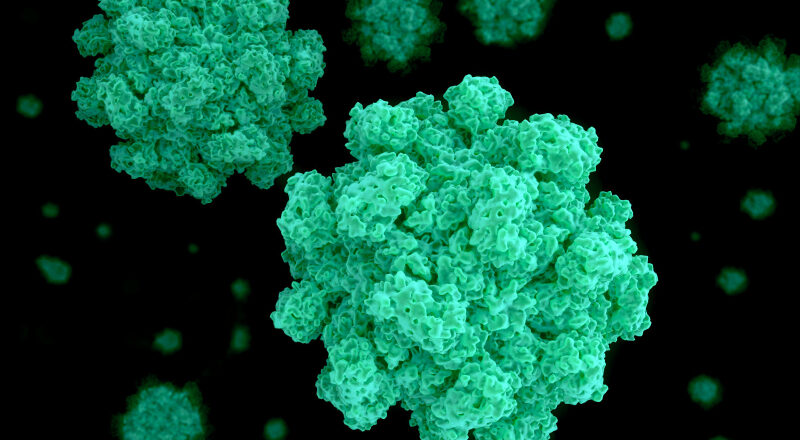Situations drive operator choices “Over here, Ray debones raw chicken. Later in the shift, he works at the counter.” Handwash protocols in foodservice are dictated by the situation. Situations are defined and grouped by the operator and training begins. This sequence hardly ever happens. Why? It credits the operator with caring, knowing the risks of […]
The Limits of Handwash Training
Why training may be blocking progress Our world of restaurant food safety is blessed with a cadre of good trainers and creative programs. This has been true for at least the last decade as more technology now leverages the messaging. Successful? How do we measure success? The trainer infuses knowledge, technique and “training session motivation”. […]
2014 CFP Hand Hygiene Success: Groundwork for 2016
A recommendation of “No Action” at the CFP (Conference for Food Protection) can be viewed as a strike out and to continue the baseball metaphor, Handwashing For Life went 0 for 7 on the issues submitted in 2014. We thought at least one would be accepted but all were presented as a foundation for 2016. […]
The 2014 Conference For Food Protection
Summary of proposed hand hygiene solutions The biennial meeting of The Conference For Food Protection (CFP) opens this week in Orlando. So many disparate views are represented within the ranks of the CFP but all share a single goal – to protect home and away-from-home public health. Breakdowns in hand hygiene systems remain perhaps the […]
The Unwritten Food Code
The ‘prescriptive’ nature of the food code is now being understood by local health officials as: ‘The health authority prescribes how a task is done and the operator is responsible to do the task as prescribed.’ This interpretation, which differs from the traditional approach of Food Code which defined the minimum standard needed and operators […]
The Written Food Code: Prescription vs. Innovation
How the operator-interpreted code blurs food safety responsibility. Health authorities help operators prepare and serve safe food. These agencies take their guidance from the FDA’s written Model Food Code which sets out minimum standards in a 600+ page tome. Every successive edition of the Code becomes more prescriptive, leaving less choice available for the operator. […]
Fixing Food Code Flaws
Risk vs. Inspection Unintended consequences are many as the FDA’s Model Food Code strives to further protect public health. The operators have prime accountability for serving safe food and the more than 30,000 health inspectors look to help them. Both have the same goal. It can be a team effort and often is. But there […]
Resolving The Inherent Conflict Between Innovation and The Model Food Code
Public health needs should set the pace for codification.Once a public health driven need is identified, local resources seek solutions, often with supplier partners. Concept prototypes and programs are developed. Costly research is often involved and manufacturers seek patent protection to make this investment worthwhile. This factor looms large as some links in the chain […]
Holiday Catered Norovirus
Outbreak Sickens 75 at Minnesota Banquet Might the norovirus have entered the catered event via an ill worker, perhaps symptom-free? Or a guest? Or from contact with a high-touch surface contaminated the week before? One surefire added intervention to protect public health is the expanded use of a norovirus effective alcohol hand sanitizer. The Venetian […]
What Constitutes a Handwash?
Blending available resources into an effective protocol. From a Food Code perspective there is but one handwash. We like to think of it as a minimum and one of perhaps many. Handwashing For Life designates a soap-water 15 second hand wash, with a 2.0 gpm flow of warm water and paper towel drying, as its […]



